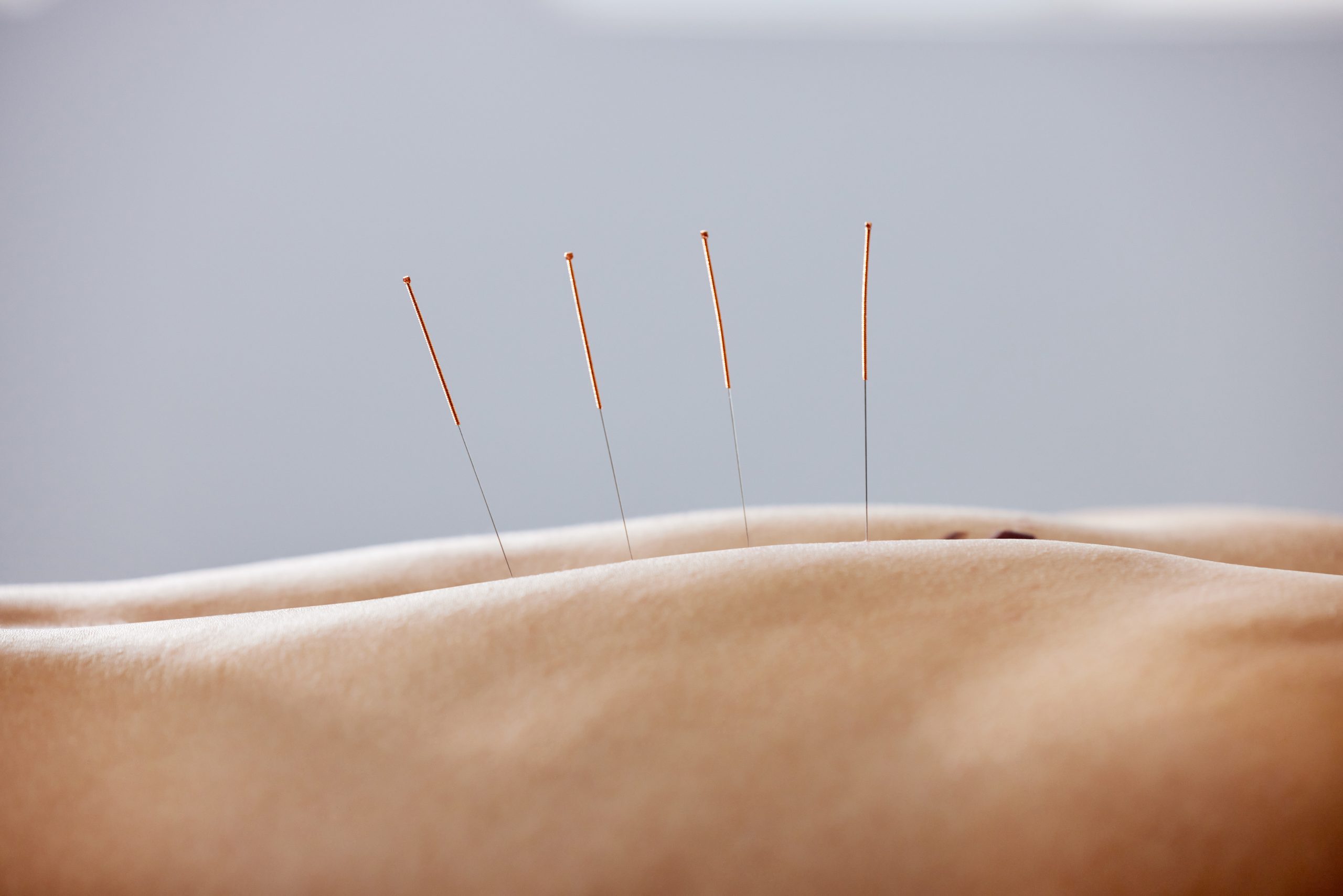Dry Needling and Manual Therapy
Our Philosophy
At Revive Spine & Sport, we use advanced, evidence-based techniques to relieve pain, restore mobility, and accelerate healing. Two of the most effective tools we integrate into treatment are dry needling and manual therapy. These approaches work hand-in-hand with specific exercise and education to address the root cause of your pain and get you moving at your best.

What is Dry Needling?
Dry needling is a specialized physical therapy technique where a thin, sterile needle is inserted into soft tissue, tight bands, or dysfunctional tissue. Unlike acupuncture, which is rooted in traditional Chinese medicine, dry needling is based on modern anatomy and neuroscience.
The technique stimulates the muscle, releases tension, increases blood flow, and resets how your nervous system communicates with the area—often producing immediate relief.
Dry Needling and Manual Therapy
Symptoms & Conditions We Treat:
Back or neck pain
Headaches or migraines related to muscle tension
Muscle tightness, spasms, or “knots”
Joint stiffness (shoulders, hips, knees, ankles, spine)
Sports injuries or muscle strains
Arthritis-related stiffness and pain
Disc herniations or sciatica with muscular involvement
Post-surgical stiffness or scar tissue restrictions
Jaw pain (TMJ dysfunction)
Why Choose Dry Needling or Manual Therapy?
- Fast Pain Relief: Releases tension and reduces pain quickly.
- Improved Mobility: Restores range of motion and flexibility.
- Accelerates Healing: Increases circulation and promotes tissue repair.
- Personalized Care: Treatments are tailored to your exact needs and goals.
- Complements Exercise: Most effective when combined with a full physical therapy plan.
Our Approach To Health
Specialized Providers:
From spine pain to pelvic health, our team has advanced training in what actually works—not just what’s common.
Fast, Flexible Scheduling:
No waitlists, no hoops. When you’re ready, we’re here.
Rooted in New Braunfels:
We’re locally owned, deeply invested in our community, and proud to support the athletes, parents, and movers who keep this city strong.
Trusted by Those Who’ve Tried It All:
When other methods fail, people find success with us. We’re often the last stop—because we get to the root and change lives.
Root-cause mindset:
no band-aids, no fluff.
Our Business Model
At Revive Spine & Sport, we operate as a fee-for-service provider, meaning your care is guided by your goals—not insurance company restrictions. This model allows us to deliver faster results, more flexibility, and a completely personalized approach to your recovery.
Individual Sessions
For those unsure if they are ready to make a full investment in long term recovery. Each session will include an assessment of current deficits, short and long term goals, and advancement of therapeutic exercise.
Comprehensive Care Package
Ready to invest in your future and Revive your passion for life? These plans start with 6 sessions which may be used by you or anyone in your family. After all, happy wife, happy life right?!
Wellness Services/Contiuation plans
Looking to take your training to the next level or just starting out but unsure how to progress effectively and safely?
